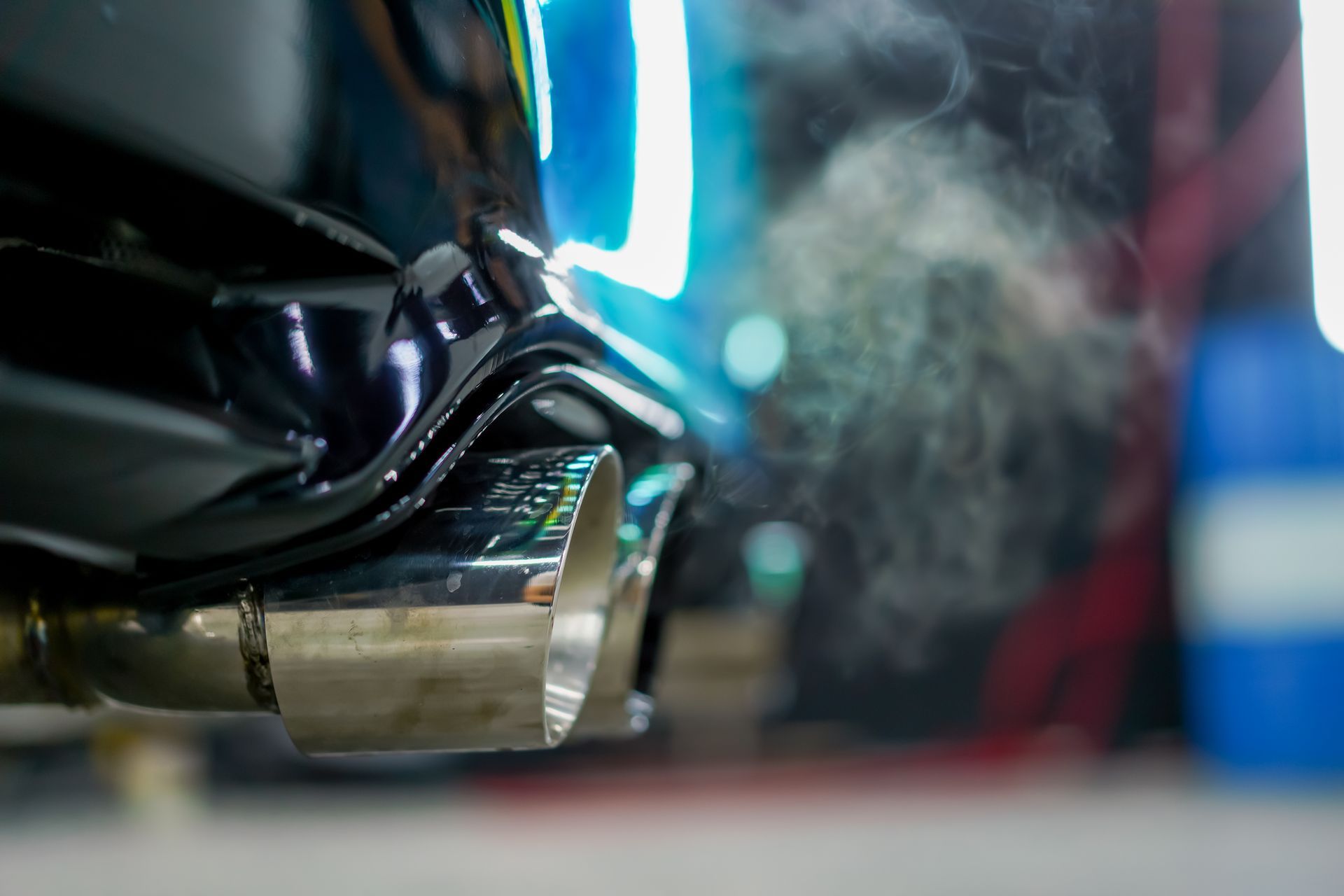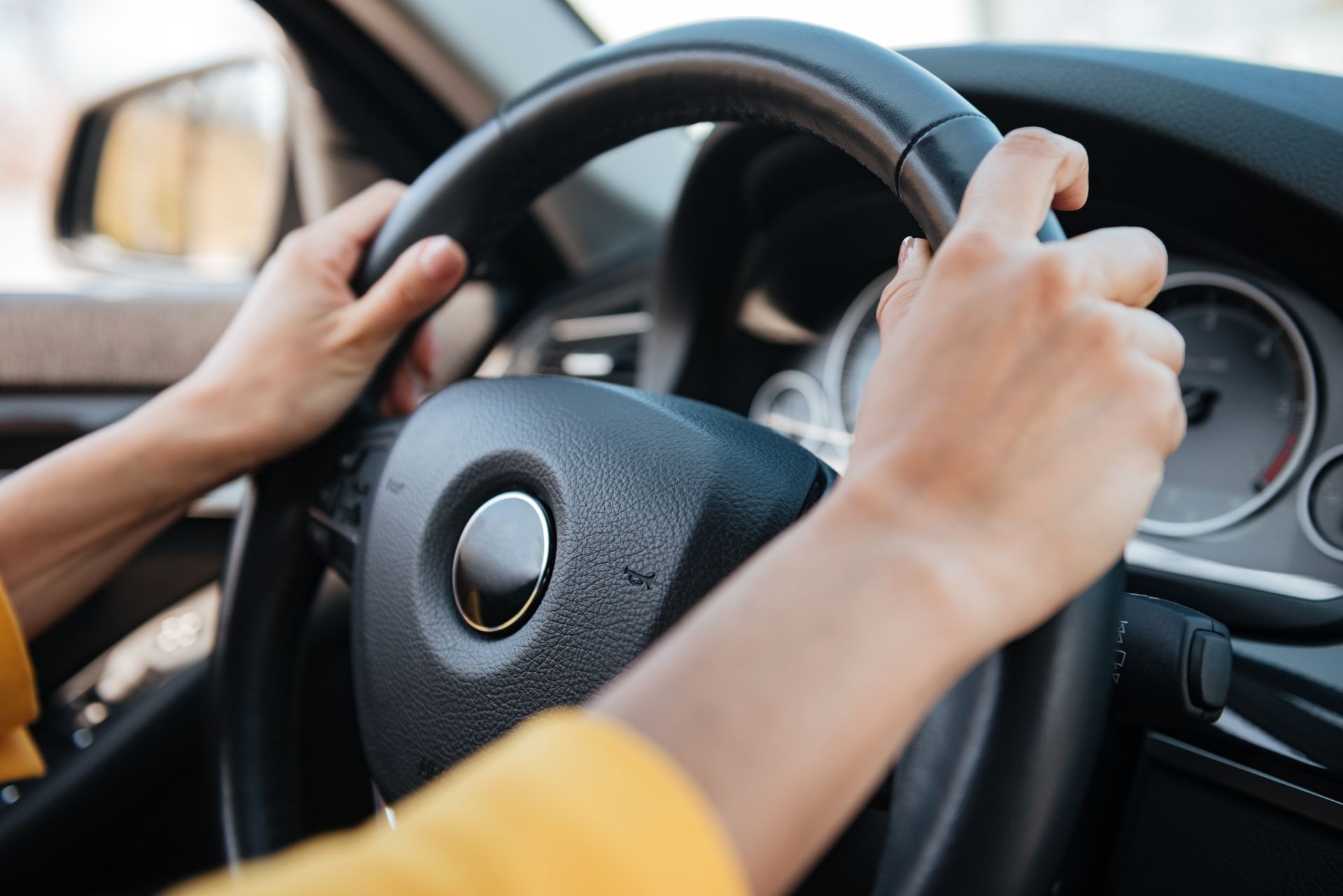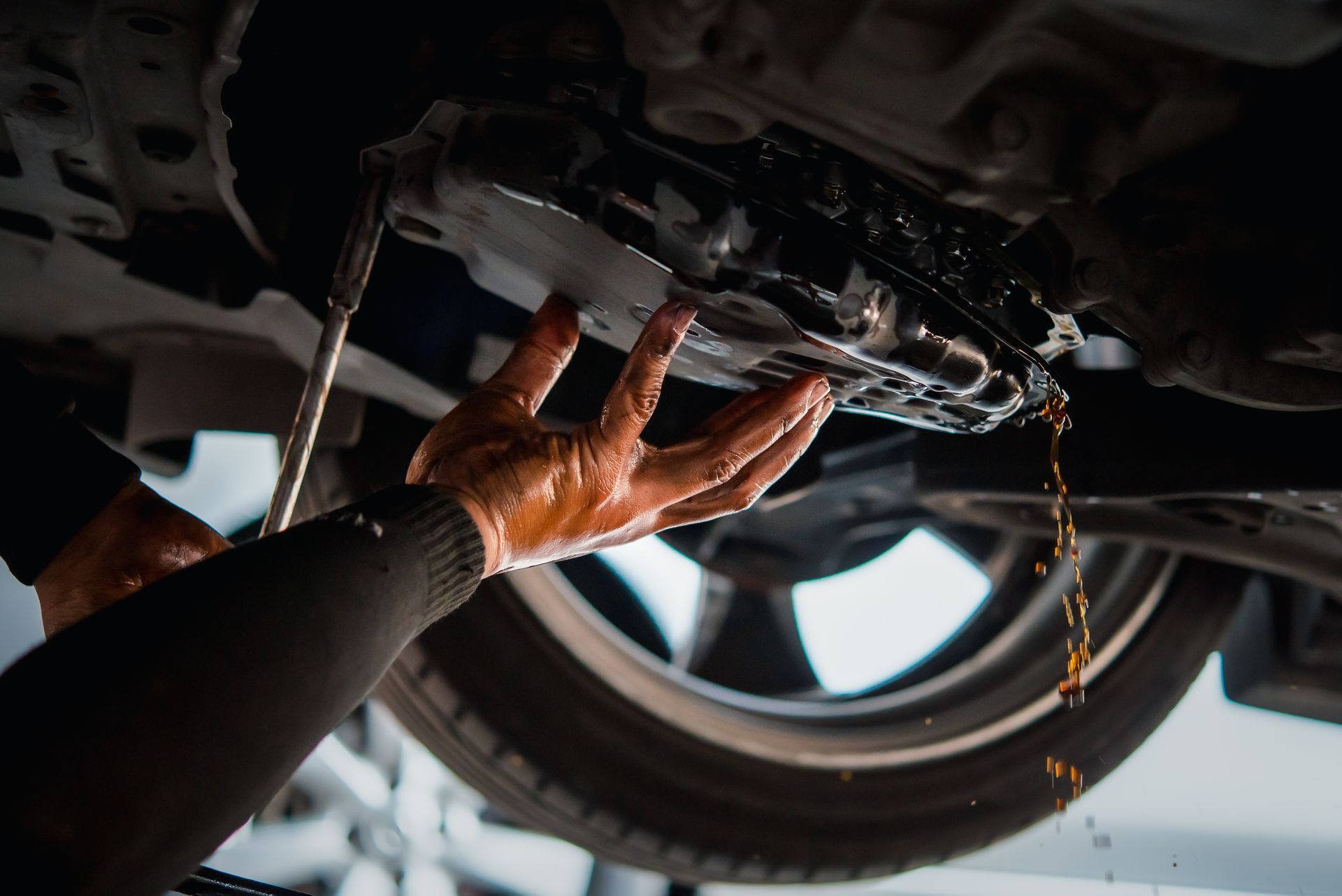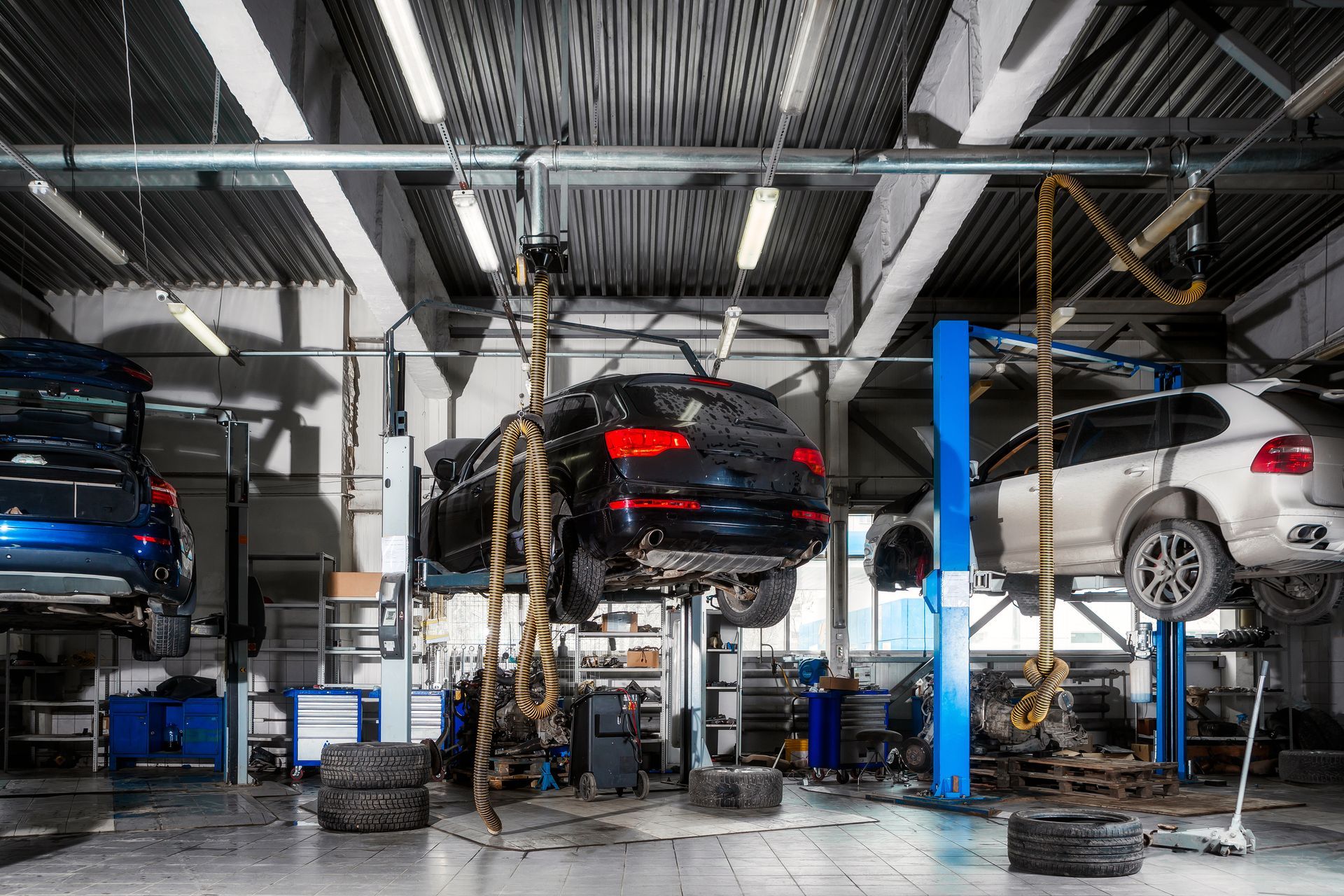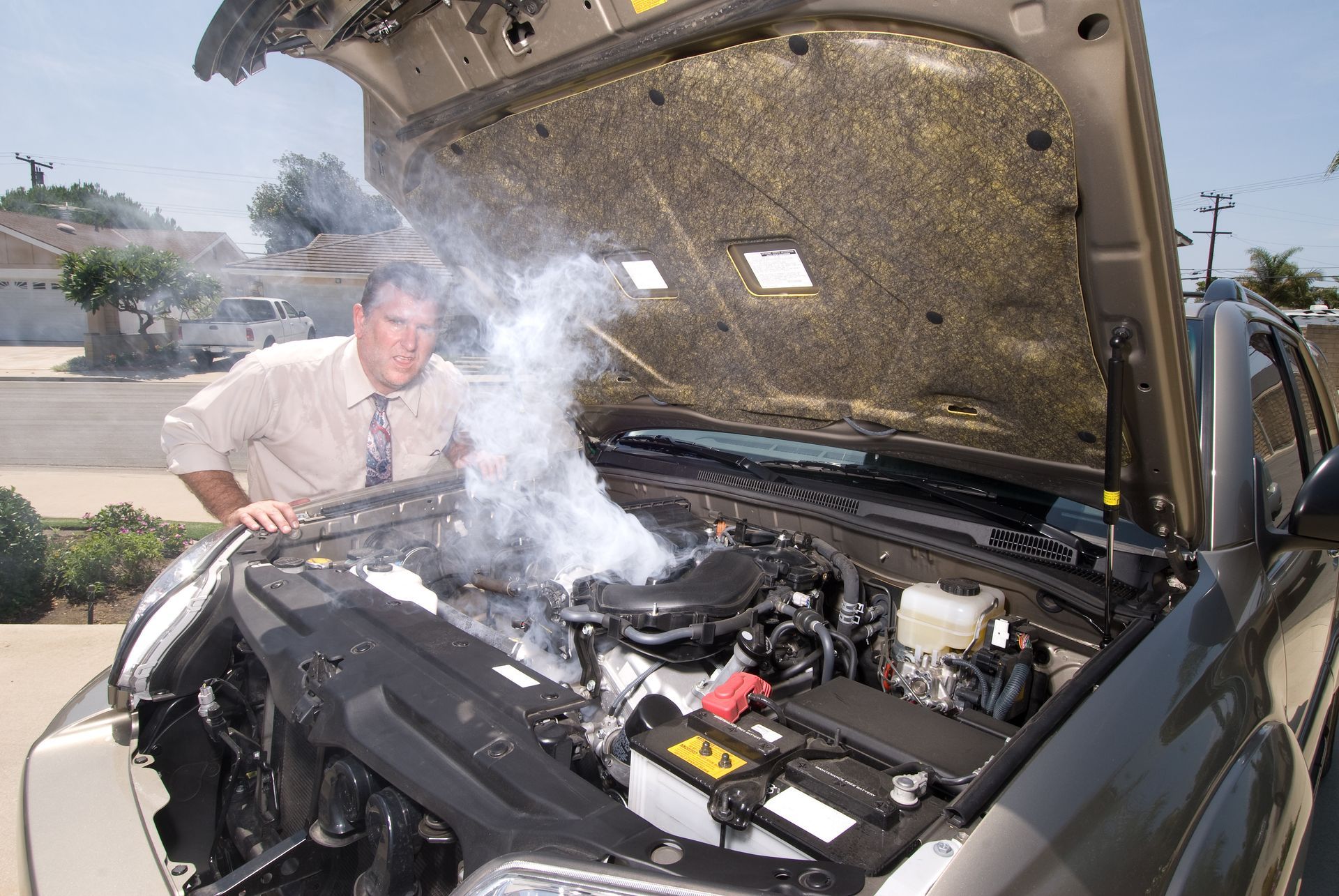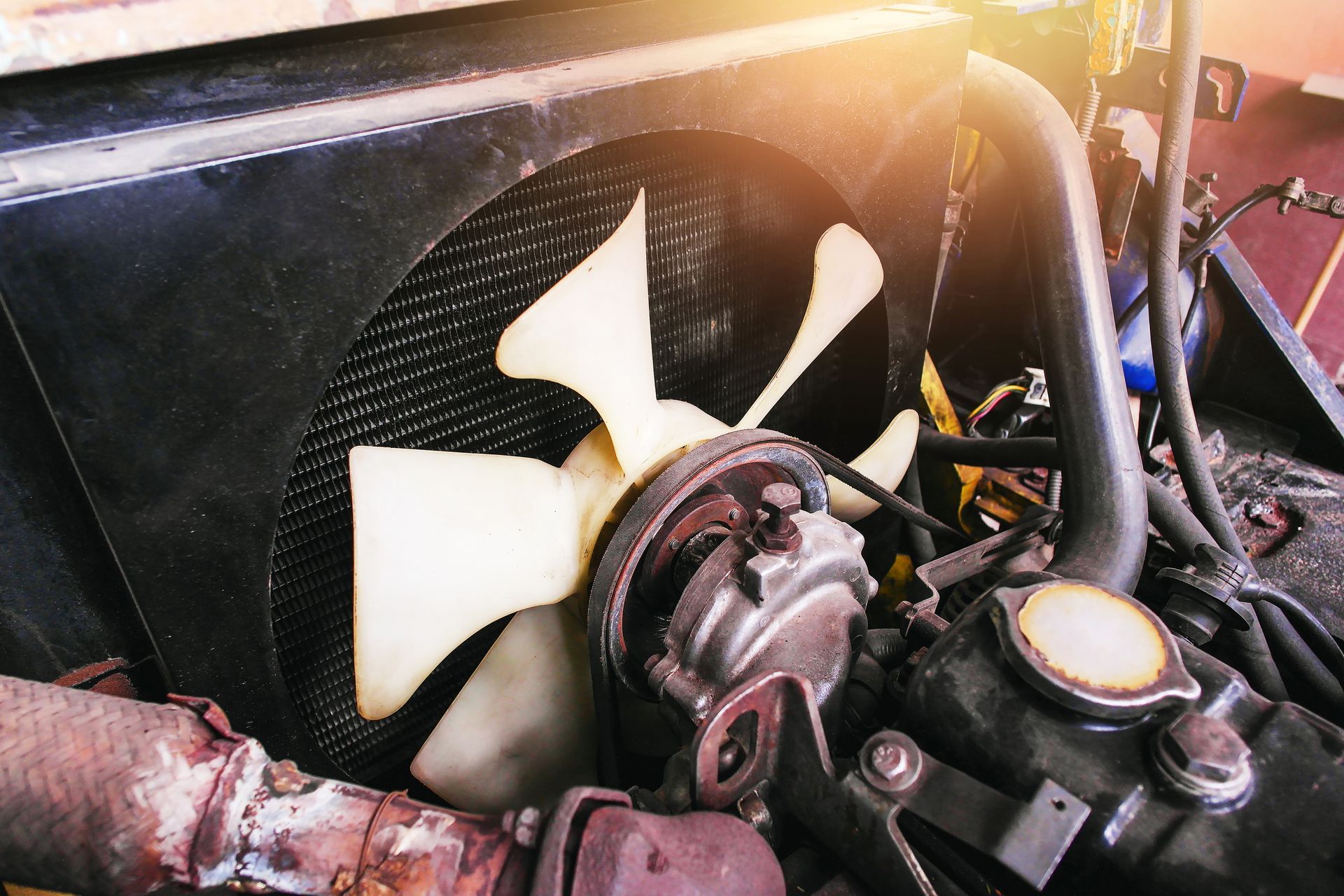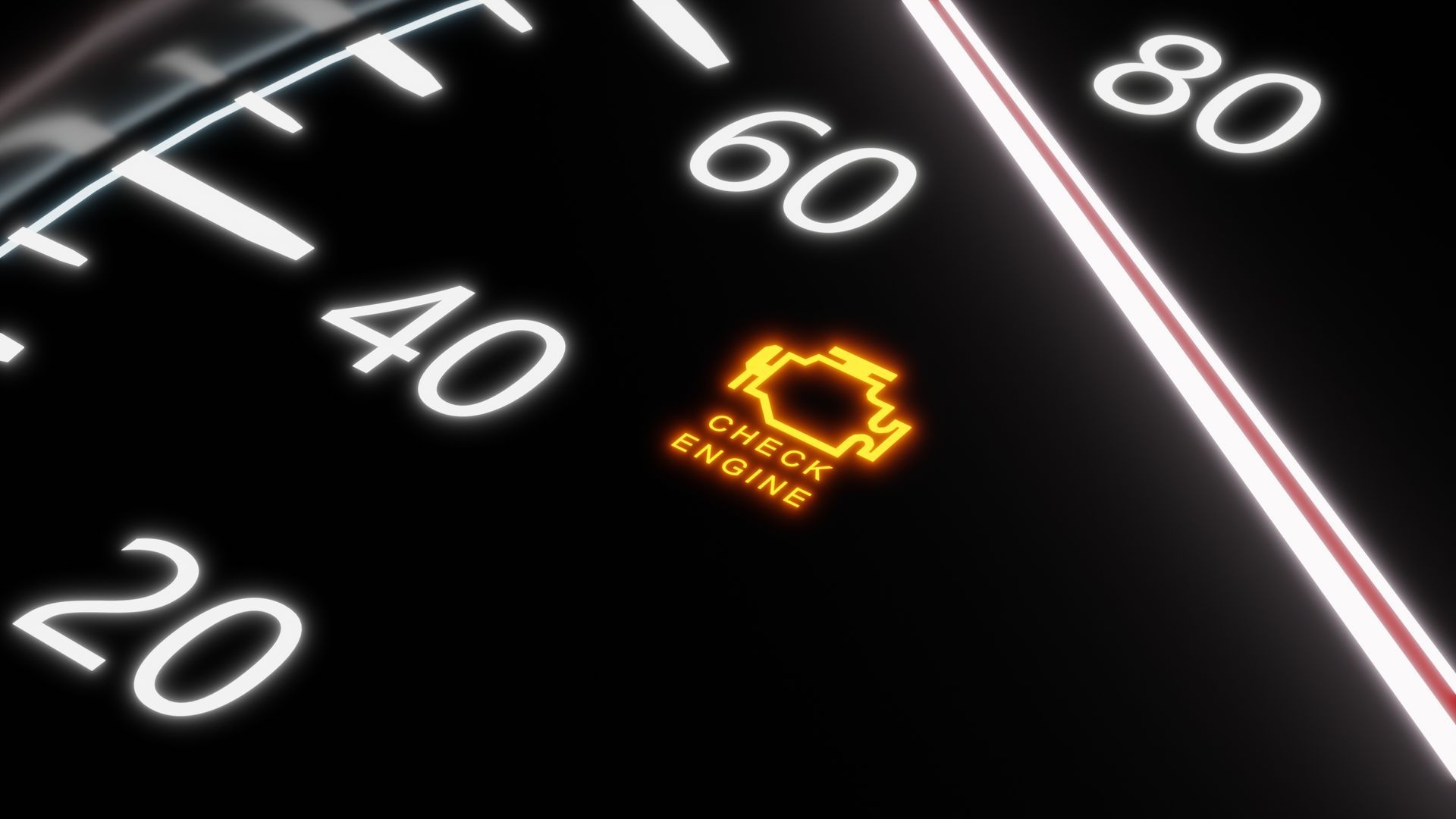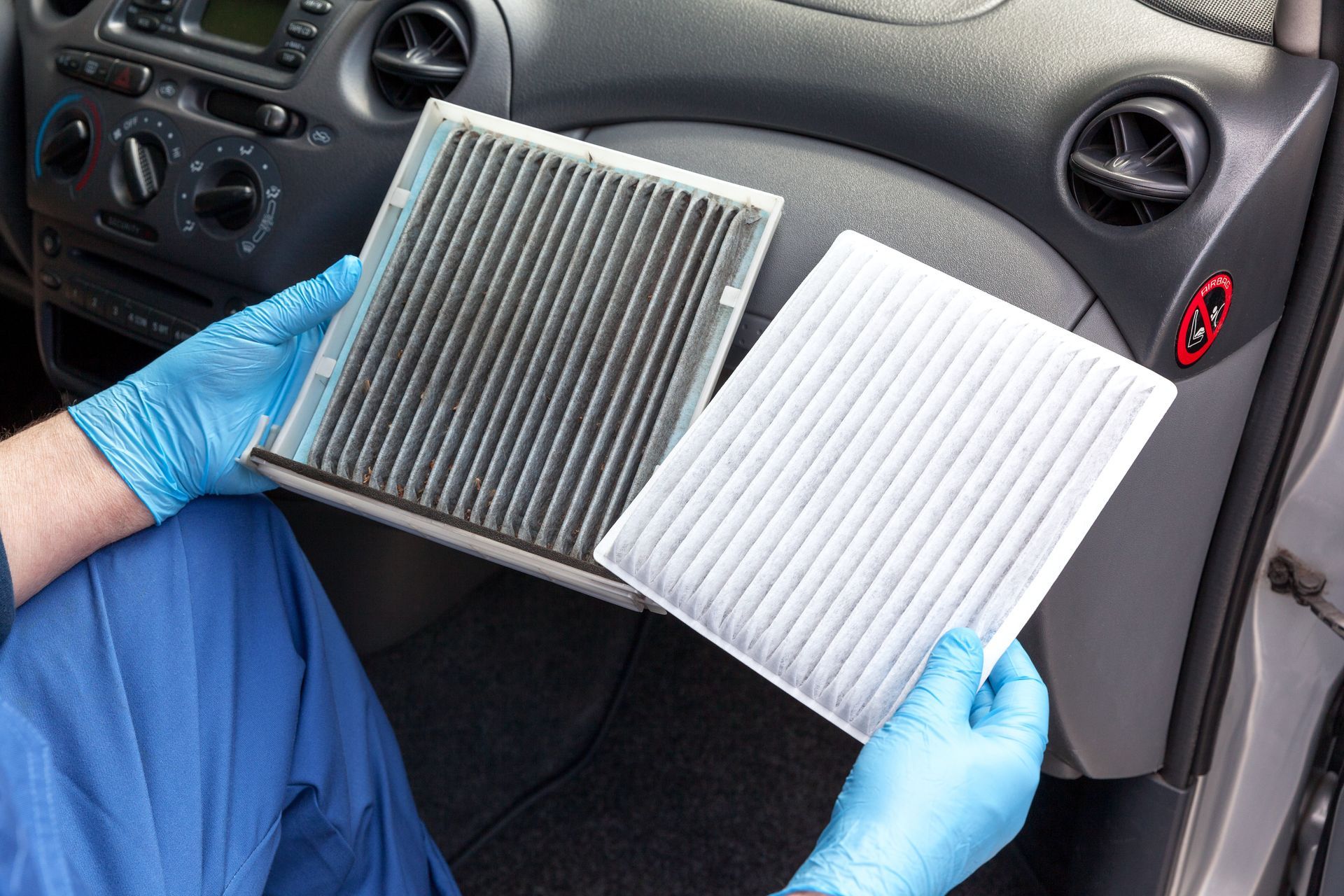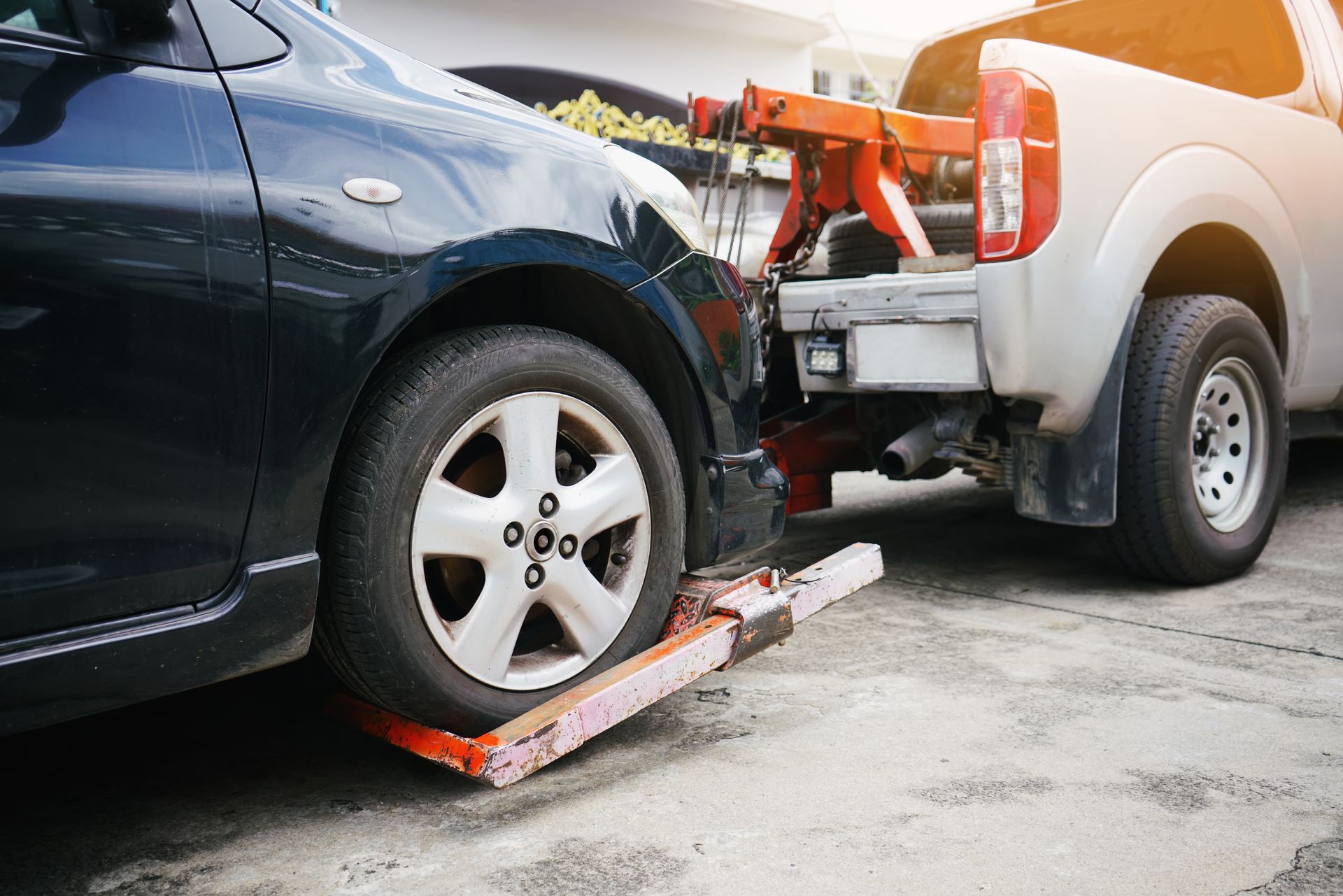When it comes to protecting your child in the car, nothing is more important than a properly installed and correctly used car seat. Car seats are designed to keep children safe during sudden stops, collisions, and everyday driving. But many parents are surprised to learn that even small mistakes with installation or usage can significantly reduce a seat’s effectiveness.
If you’re a parent in the Hubbard area, understanding how to choose, install, and maintain the right child safety seat is one of the most important things you can do. The right setup gives you peace of mind and provides your child with the protection they need during every trip.
Car Seats Aren’t One-Size-Fits-All
Child safety seats are built to fit specific age, height, and weight ranges. Choosing the wrong seat, or moving your child to the next stage too early, can leave them less protected in an accident. There are four main types of car seats to consider:
Rear-facing infant seats: For babies and toddlers up to age two or until they outgrow the height or weight limit.
Convertible seats: These can be used as rear-facing for younger children and switched to forward-facing when they’re older.
Forward-facing seats with a harness: For children at least 2 years old who meet the seat’s forward-facing size requirements.
Booster seats: For older children who have outgrown forward-facing seats but still need elevation to use the vehicle’s seatbelt properly.
Always follow the seat manufacturer’s recommendations and make sure your child meets the size guidelines before making a switch.
Installation Mistakes Are Common
A car seat only works as intended if it’s installed correctly, and unfortunately, many are not. Loose harnesses, improperly routed belts, or seats not anchored tightly enough are all common errors. Some estimates suggest that nearly half of all car seats are installed with at least one critical mistake.
To check for a secure fit, try this: after installing the seat, grab it at the base and give it a firm shake. It should not move more than one inch side to side or front to back. The harness should also lie flat against your child’s chest and be snug enough that you can’t pinch any slack at the shoulders.
Don’t rely solely on guesswork. Most communities, including those in and around Hubbard, offer car seat inspection stations or events where certified technicians will check your installation for free.
Pay Attention to Expiration Dates
Yes, car seats expire. Materials degrade over time, safety standards evolve, and exposure to sun, heat, and cold can weaken plastic components. Most car seats have an expiration date printed on the bottom or back—usually six to ten years from the manufacture date.
Using a seat past its expiration date increases the risk of failure during a crash. If you’re using a hand-me-down or secondhand seat, always check for recalls, ensure all parts are present, and verify that the seat hasn’t been involved in a crash.
Cold Weather and Bulky Clothing Interfere with Fit
It gets chilly in Oregon, but thick coats and snowsuits can prevent the harness from fitting snugly against your child’s body. In a crash, those padded layers compress, leaving too much space between your child and the harness straps.
A better option is to buckle your child in with thinner layers and then place a blanket or jacket over the straps after they’re secured. That way, you keep them warm without compromising safety.
Stay in Each Stage As Long As Needed
Many parents are eager to move their child to the next car seat stage, especially when kids start to resist being strapped in. However, the safest option is to keep your child in each stage for as long as they fit.
For example, rear-facing seats offer the best protection for young children because they support the head, neck, and spine in a crash. Children should stay rear-facing until they reach the maximum size limit for their seat, not just when they turn two.
Likewise, booster seats are essential until your child can sit comfortably with the vehicle’s seatbelt fitting correctly across their chest and hips, which usually happens between the ages of 8 and 12.
808 Automotive – Helping Families Drive Safer in Hubbard, OR
At 808 Automotive in Hubbard, we believe your family’s safety always comes first. If you have questions about installing a car seat, checking your seatbelt system, or preparing your vehicle for road trips with kids, we’re here to help.
Stop by and let us assist with the little things that make a big difference when it comes to driving with confidence and care.

